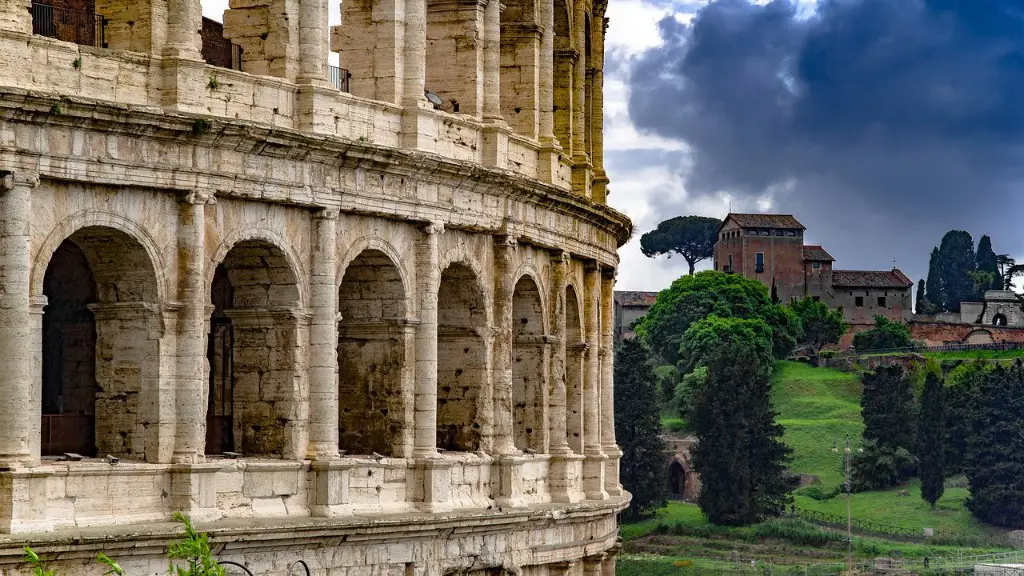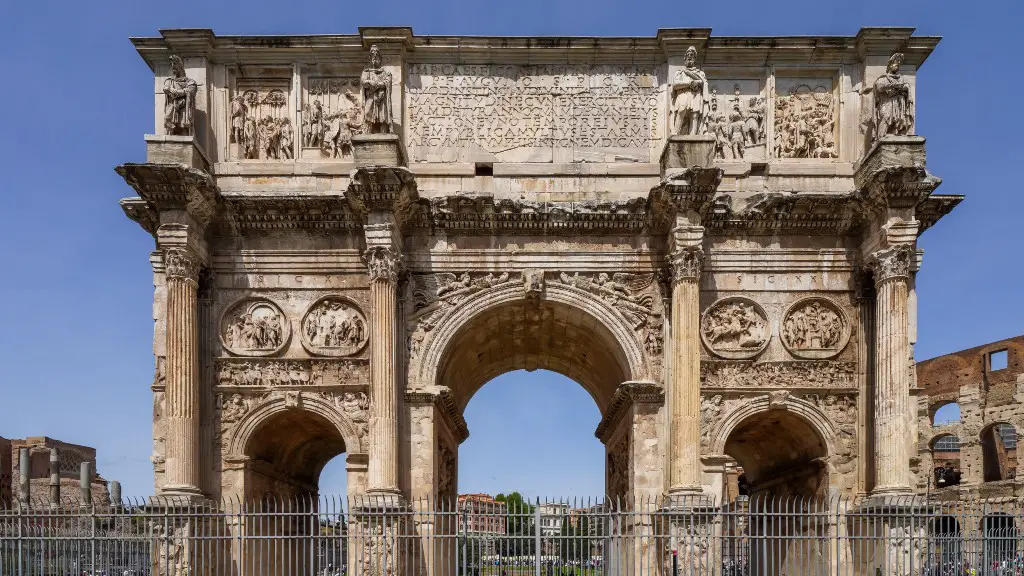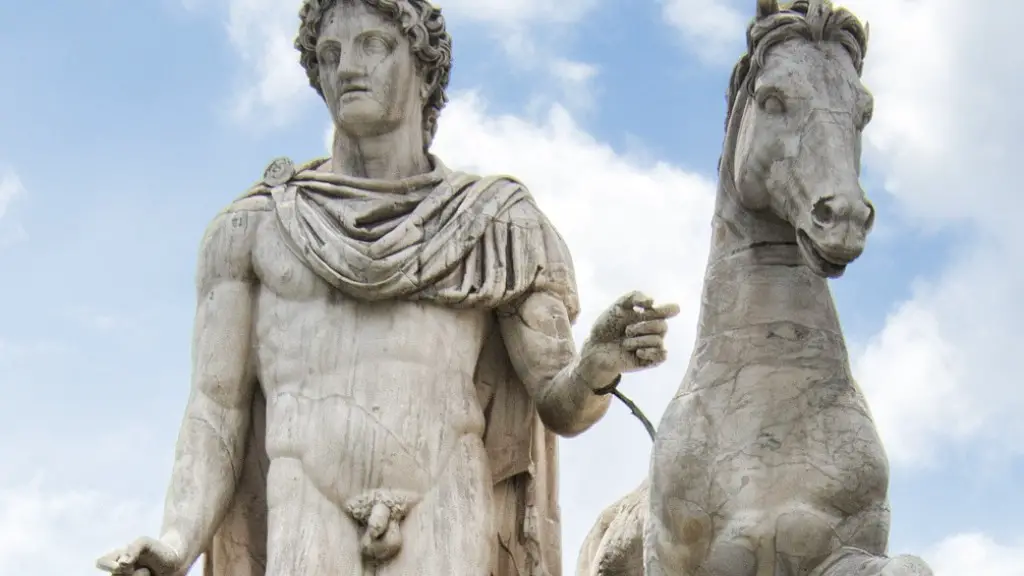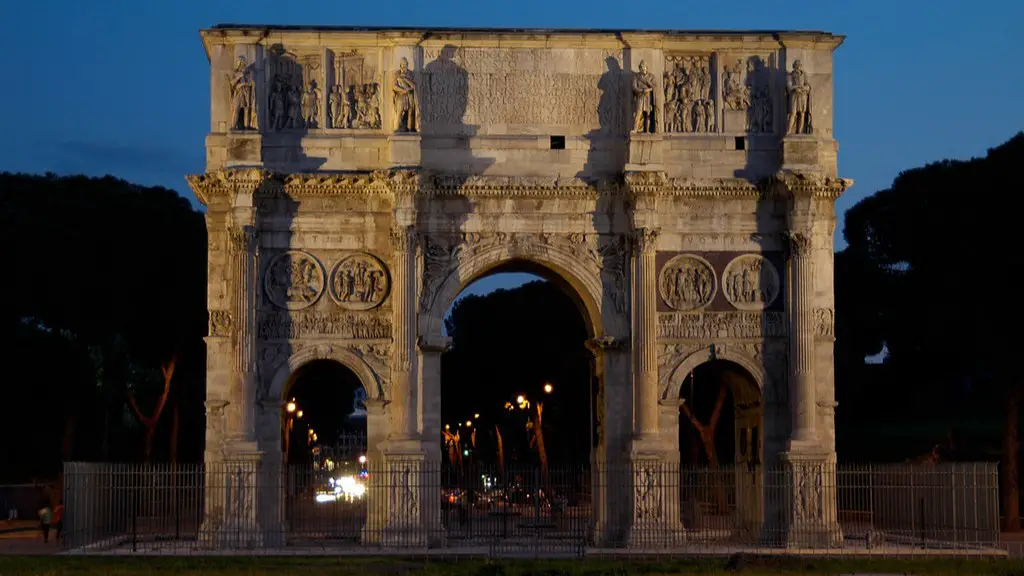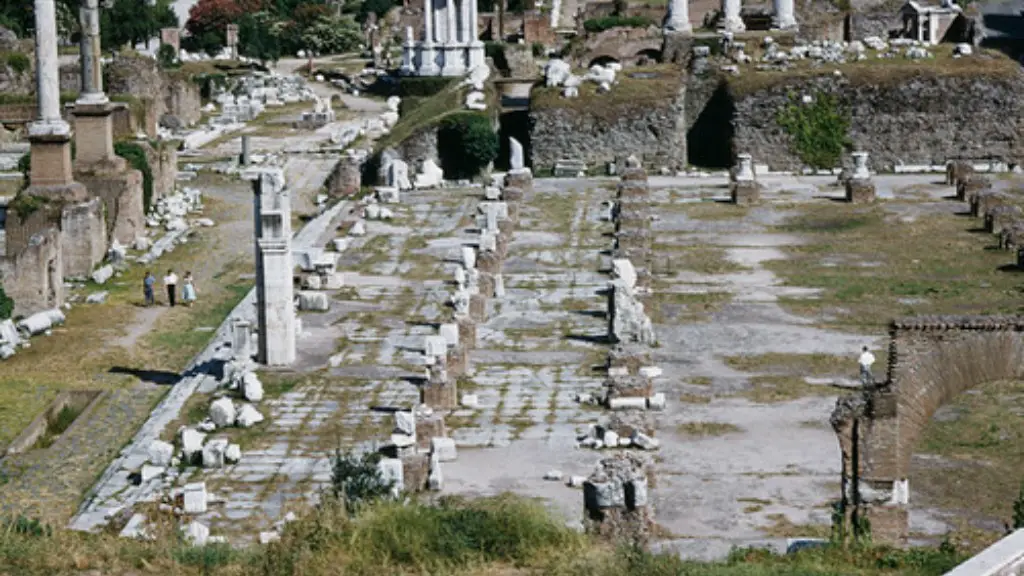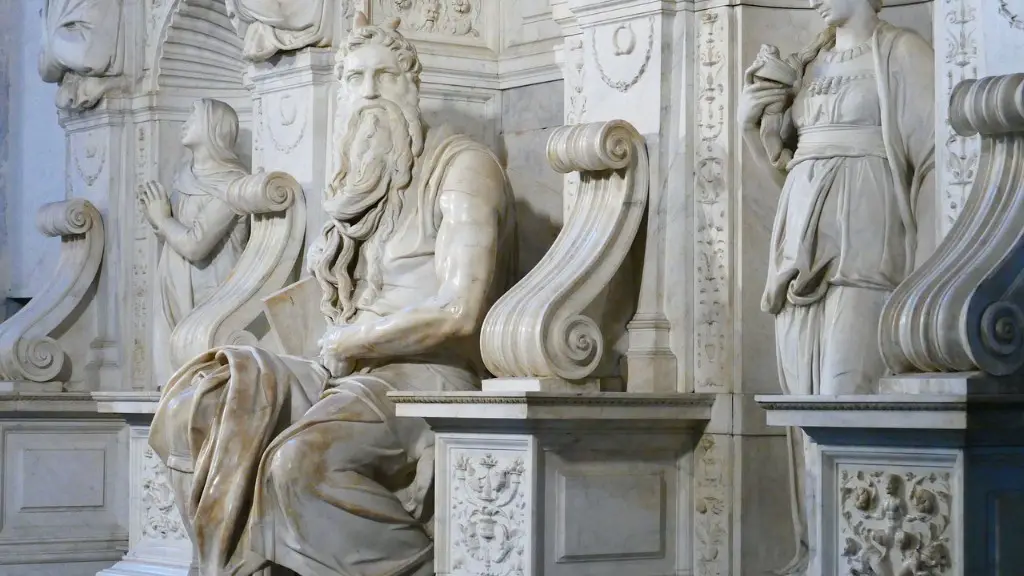What type of people became gladiators in Ancient Rome
In Ancient Rome, gladiators were usually enslaved or otherwise resigned to fighting in the arenas for entertainment. Various classes of gladiators in Ancient Rome were the Samnites, Thracians, Hoplomachi, Retiarii, and Secutores. Each with their own type of weapon and fighting style. Gladiators in Ancient Rome were not solely prisoners of war (POWs), but even free men who were enticed by the prize money, rewards and fame that went hand in hand with being successful in the arena.
Typically, slaves and POWs were the primary participants in gladiatorial games. Poor freemen, mainly unemployed citizens and bankrupt peasants, with debts that they could not afford to pay, also became gladiators if they had to pay for their crime or debt. But other people willingly enrolled in gladiatorial schools, including the young, poor, or those seeking fame or money. They were sometimes volunteered by their masters as part of a legal obligation or as part of a payment for a debt.
In Rome, gladiator schools were usually run by former gladiators or lanistae (gladiator trainers). It was a high-risk profession and a slippery slope for those who could not pay their debts or needed money to survive. Even wealthy citizens could become lanistae and own gladiator schools, profiting from their success and the income generated by the fight. Ironically, freedmen and freedwomen could also become gladiators.
It is believed that free men were the most prominent gladiators in the last days of Ancient Rome. The famous gladiator Spartacus was a Thracian slave who fled from captivity in 73 BC. Gladiators were banned from participating in Roman society, even after their service in the arena, often being branded to show that they had a criminal past. But even if their reputations were stained, their fame still lived on among the Roman people.
Ultimately, the reason people became gladiators in Ancient Rome was complicated and far-reaching. Many of them were enticed by the money and fame, while others had no choice other than to join gladiator schools. Gladiators endured an existence that was neither free nor honorable. In many ways, their lives were a testament to the brutality, cruelty and inequity of Ancient Roman society.
What challenges did the Gladiators Face
Gladiators in Ancient Rome faced challenges both within and outside the arena. It was a dangerous existence, with a high mortality rate, and gladiators often fought for the entertainment of a ruthless crowd. Although some received lifelong contracts with organisers and were treated as valuable commodities, many gladiators were subjected to horrendous conditions, often receiving very little in return for their efforts. Even the victorious gladiators spent most of their earnings to pay for expenses such as food, training and protection.
The conditions in which gladiators lived were not unlike those of slaves. The gladiatorial diet included a significant amount of meat, grains, fruits and vegetables – not too different from the Roman soldier diet. Gladiators were not held to very high standards of diet, as they were expected to eat as much they as they could. But the diet of the gladiators was highly supervised by the lanista to ensure fairness and impartiality.
Gladiators were not only expected to be fierce fighters, but also had to display physical strength and mental endurance. They were trained and conditioned to fight in a variety of ways, and this required a certain level of physical and mental strength and conditioning. This training was relentless and did not always lead to success, as it was not uncommon for gladiators to be killed in the arena, despite their best efforts.
Training was essential for gladiators to be successful. Gladiators would spend several hours a day training in the gym, perfecting their techniques and honing their bodies for competition. Although training could be extremely demanding, it was also a great source of pride for the gladiators. It was a chance for them to showcase their skills and strength, and was also a source of motivation and recognition.
The gladiatorial lifestyle was a serious commitment and involved constant physical exertion and stress. Injuries were common, and gladiators often suffered from bone fractures, head injuries, lacerations and other wounds as a result of their combat. Gladiators were often exposed to infectious diseases that spread easily in the crowded reaches of the arenas, and these illnesses could often prove fatal. In addition to physical injuries and diseases, gladiators were also expected to endure extreme mental and emotional stress.
The Impact of Becoming a Gladiator
It is often said that gladiators were simply slaves with no real social status. This could not be further from the truth. Although some gladiators did come from enslaved backgrounds, many others willingly signed up for the life, seeking fame and money. In some cases, becoming a gladiator was a way for people to permanently step out of poverty and obtain a degree of fame within their social circles.
Even if they had to give up their freedom and risk their lives in the arena, the rewards could be impressive. Gladiators were often compensated for their efforts, and some of them became highly successful and wealthy. Records from the period show that some gladiators received contracts to fight for several years at a time, earning salaries and fringe benefits that often exceeded those of freed slaves.
Moreover, some gladiators became so popular that they were honoured with bronze statues and coins featuring their faces. There were even some gladiators who had temples built to them after their death. These were testimonies to the admiration and respect that such individuals commanded. In this sense, becoming a gladiator was not always a social disgrace and could sometimes be a source of pride and admiration.
The legacy of the gladiators lives on to this day. There are many monuments, films, books and works of art that commemorate these brave fighters and their feats in the arena. Ultimately, being a gladiator was an incredibly taxing and brutal existence, but some gladiators still managed to achieve fame and success – at least for a brief time.
The Gladiatorial Games in Ancient Rome
In Ancient Rome, gladiatorial games formed an important part of the social and cultural life of the city. From its beginnings as a simple form of combat in the Colosseum, the games eventually evolved into elaborate events, featuring hundreds of gladiators, wild animals, chariot races and entertainers. Although gladiatorial games had a long history in the Mediterranean, it was during the Roman period that the games really took off and achieved the most success.
These events were usually sponsored by influential citizens of the Roman Empire, and the games served to reinforce the political ideologies of the regime. In this way, the Roman gladiatorial games created a sense of community and belonging among the Roman people, as people from all walks of life came together to celebrate and witness the spectacle of these spectacular events.
The gladiators were not only there to entertain the audience, but were also expected to show their bravery, strength and honour in battle. Gladiators were trained to fight with a variety of weapons, including swords, spears, tridents, shields and other weaponry. They were expected to fight viciously, but at the same time had to adhere to strict rules and regulations. Gladiators who were victorious in battle were praised and celebrated, while those who were defeated were quickly forgotten.
The gladiatorial games were often sponsored by wealthy citizens and nobles as a way to gain popularity with the lower classes. They were lavish affairs, with lavish sets, costumes, music and special effects, and were usually staged in grand arenas or amphitheatres in front of thousands of onlookers. Although the games were often violent and bloody, they could also be incredibly awe-inspiring, with their elaborate displays of courage, skill and strength.
The Roman gladiatorial games eventually came to an end in the 5th century AD, but their legacy still lives on in the minds and memories of those who experienced them firsthand. Gladiators have come to symbolize courage, strength and endurance, values that are still admired and celebrated in modern society.
Conclusion of Gladiatorial Games in Ancient Rome
Overall, Ancient Rome’s gladiatorial games were a complex mix of spectacle and violence that was meant to entertain the masses and affirm the values and ideologies of the regime. Gladiators were a diverse group, composed of free men, slaves, prisoners of war and the poor, each with different stories and motivations for entering the arena. The gladiatorial lifestyle was not glamorous, but it could be a source of fame and fortune, even if it was only brief.
The legacy of the Roman gladiatorial games still lives on today, as evidenced by their presence in popular culture, art and literature. Although these events have long since passed, their stories and lessons remain with us, as a reminder of the human capacity for strength and courage in the face of adversity.
